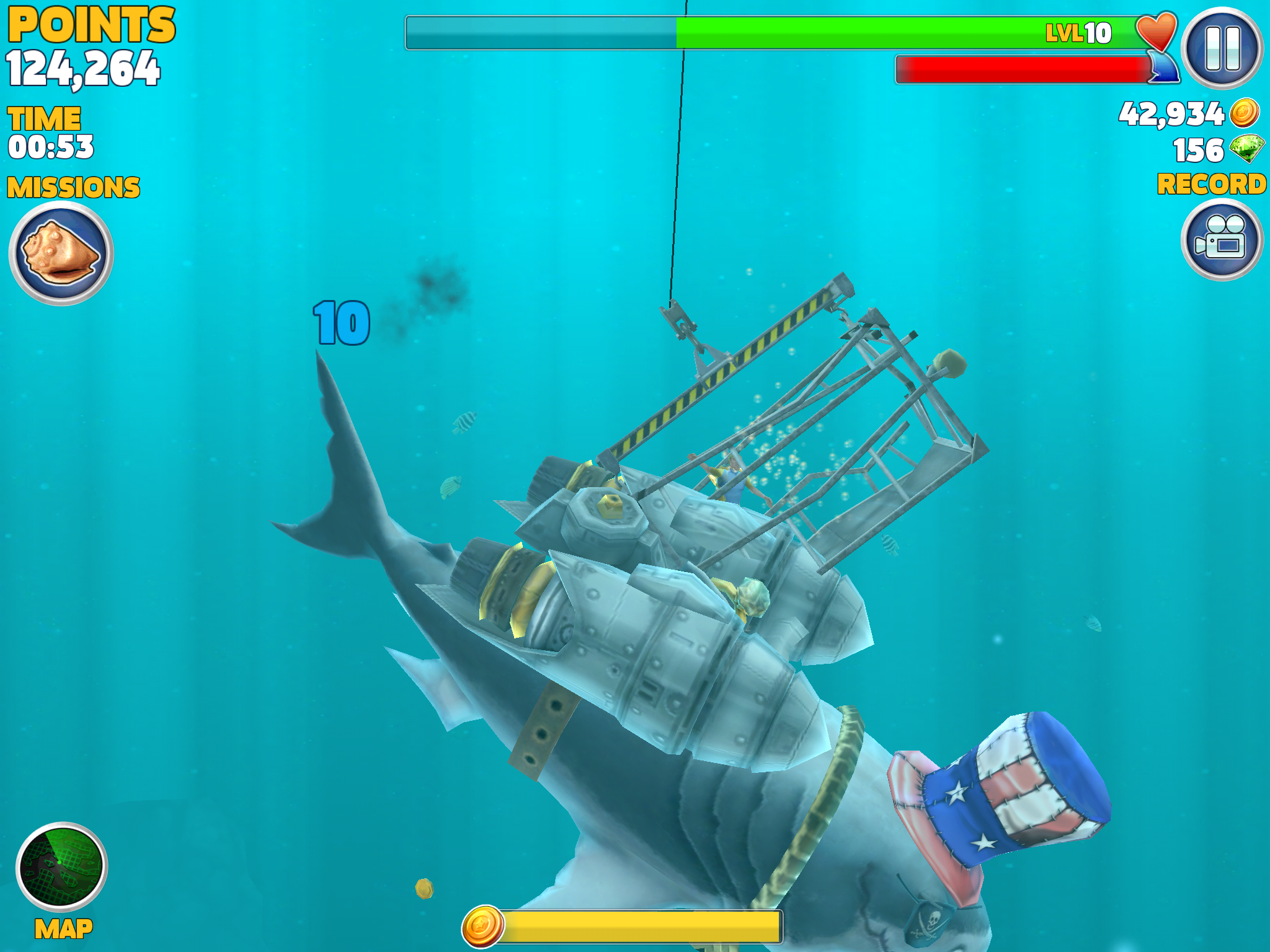
Three other groups of tanks had temperatures that were up to 4.5˚C higher than the current ocean water temperature. One tank had the same temperature as the current water temperature in the ocean and was used as the control to compare the other tanks to. To determine if an increase in temperature affects photosynthesis in algae, scientists treated four groups with different water temperatures. This shows the predicted increase in carbon dioxide levels for the future may not have a huge impact on the amount of energy these algae species produce. The only algae that showed a change in photosynthetic efficiency was the group exposed to the highest level of carbon dioxide. Only one species ( Halimeda cuneata) made more enzyme when exposed to higher levels of carbon dioxide. Levels of enzyme produced in different levels of water acidity. They also measured how these conditions affected efficiency of photosynthesis.

In all tanks, the scientists measured how much of the calcifying enzyme the macroalgae produced. One final group was treated with water more acidic than future predictions of ocean acidity.

Two groups had increasing levels of carbon dioxide that are expected to be reached in the ocean in the next 50 to 100 years. One group had the same level of carbon dioxide that is currently in the ocean. They used four different treatment groups of varying carbon dioxide levels for each species, with four tanks tested per group. They grew algae in tanks in which they could control the conditions of the water. Scientists wanted to know how different species of macroalgae responded to an increase in carbon dioxide. The second experiment looked at the effect of a higher water temperature on the rate of photosynthesis in the algae. The first experiment looked at how an increase in carbon dioxide affects photosynthesis. The scientists performed two experiments. Scientists looked at different species of tropical calcifying macroalgae (“macro” means large). One of the species the scientists tested is quite similar to this species of calcifying macroalgae ( Halimeda copiosa). An important step to understanding this problem is to know how algae may react to the expected changes. Scientists predict ocean acidification and higher temperatures will be a problem for marine ecosystems in the future. Climate and Carbon DioxideĬlimate change is causing carbon dioxide levels and the temperature of Earth to go up. If there is not enough of these enzymes around to turn carbon dioxide into bicarbonate, there will be more carbon dioxide in the water and the water will become acidic. Removing bicarbonate from the water helps the water stay neutral and avoid becoming acidic. This is why the algae can be called ‘calcifying’, because they are able to produce calcium carbonate from bicarbonate. This material allows these algae to have a hard texture, resembling a rock. Calcification is the buildup of calcium carbonate (what shells are made of).

The algae can then take up these bicarbonate ions and use them for photosynthesis and calcification. Algae can release enzymes into the water that can help quickly break down carbon dioxide into bicarbonate ions. It’s important to understand how these changes affect algae, because some algae help balance ocean acidification. Some algae can help balance ocean acidification, by removing carbon dioxide from the water. This could be very harmful to algae and other ocean creatures. Yet, too much carbon dioxide in the ocean causes the water to become acidic, a process called ocean acidification. To get the energy algae need to survive, they use carbon dioxide for photosynthesis. They are at the bottom of the food chain, meaning many ocean creatures eat algae as their main source of food. Preventing Ocean AcidificationĪlgae are important in marine environments. In the PLOS ONE article, “ Effects of Ocean Acidification and Temperature Increases on the Photosynthesis of Tropical Reef Calcified Macroalgae,” scientists studied how climate change could affect algae living in marine ecosystems. This is one way that climate change can affect algae.

For example, the amount of carbon dioxide in the environment can change how much food algae can make. While the amount of sunlight available can affect photosynthesis, other conditions can also change how much energy algae can make. And just like you, algae need the energy to survive. They are able to make their own food by combining light from the sun with carbon dioxide and water. Image by Hugh Chevallier.Īlgae living in the intertidal zone get hungry too. The intertidal zone is the area along a body of water that is exposed for part of the day during low tide.


 0 kommentar(er)
0 kommentar(er)
